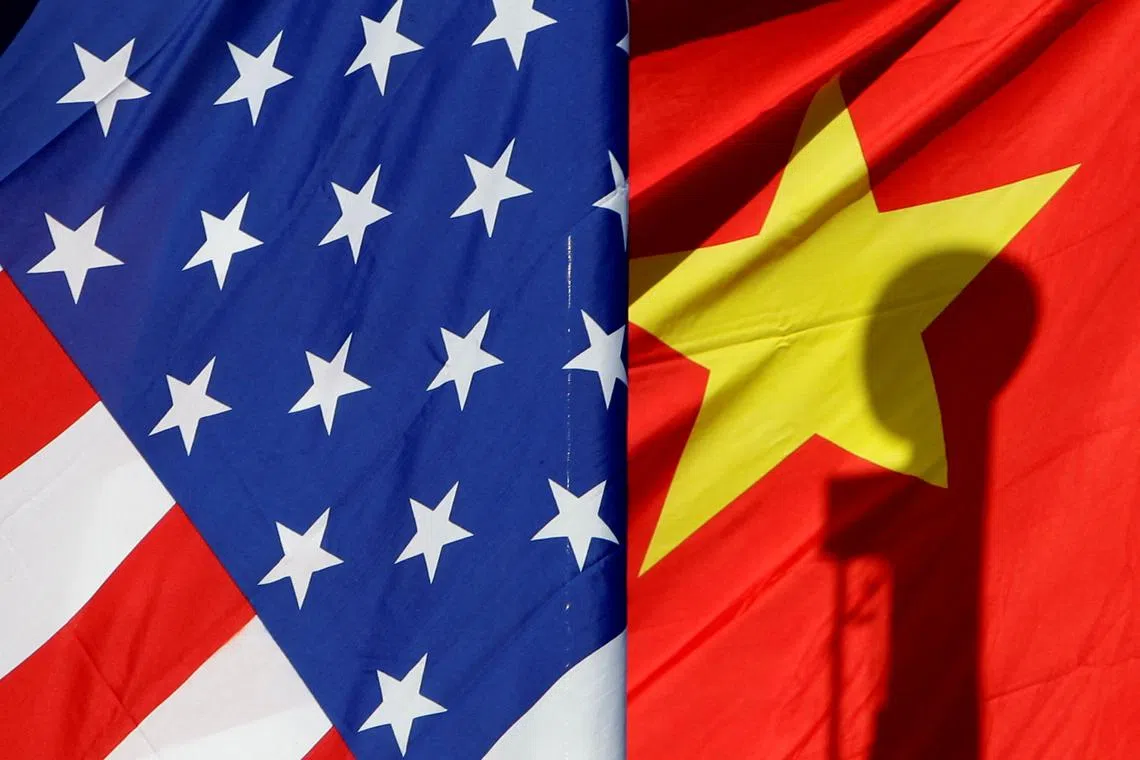For subscribers
How Chinese goods dodge American tariffs
Policymakers are unsure what to do about a tricky loophole.
Sign up now: Get ST's newsletters delivered to your inbox

The wave of de minimis parcels, mostly filled with cheap clothing from China, is hitting America’s heavily protected textiles sector.
PHOTO: REUTERS
The Economist
Follow topic:
Queues of idle trucks trying to enter America are standard fare at Mexico’s border. Recently, however, vehicles at the Otay Mesa crossing, which separates California and the city of Tijuana, have been lining up to get into Mexico. The trucks do not travel far – they offload their shipping containers in newly built warehouses just 15km south of the border. The goods are then separated into thousands of small packages and driven back to America. Although such imports are made in China and purchased in America, no tariffs are paid. Call it the Tijuana two-step.
The two-step is a way in which some retailers make use of a loophole in American trade rules known as the “de minimis” exemption, which means “too small to be trifled with” and allows packages worth less than US$800 (S$1,084) to enter America without facing duties. More than 1.4 billion packages, worth at least US$66 billion, are expected to arrive under the exemption this year, up from 500 million in 2019. The rule exposes flaws in Uncle Sam’s tariff strategy: Brick-and-mortar retailers that import from China must pay duties, while their offshore rivals bypass them altogether. Some legislators now want to close the loophole, a move that would hit poor Americans.

